The 3DXLab is a multi-disciplinary research lab that harnesses the power of cutting-edge immersive technologies to do visualisation research from a design-centred perspective. We explore the challenges of visual narratives and develop novel ways to navigate complexity and facilitate understanding using 3D computer animation, data visualisation and virtual reality (VR) immersive design.
The 3DXLab has evolved from the award-winning 3D Visualisation Aesthetics Lab (3DVAL) and the Expanded Perception & Interaction Centre (EPICentre), based at the UNSW Sydney Paddington campus.




The mission of 3DXLab is to unite artists, designers, and technologists in crafting innovative immersive worlds.
By leveraging world-class research and cutting-edge technologies, creative techniques from VFX, animation, and video games, we strive to create extraordinary digital experiences. Our ultimate goal is to harness the potential of the digital realm for the advancement of the physical world.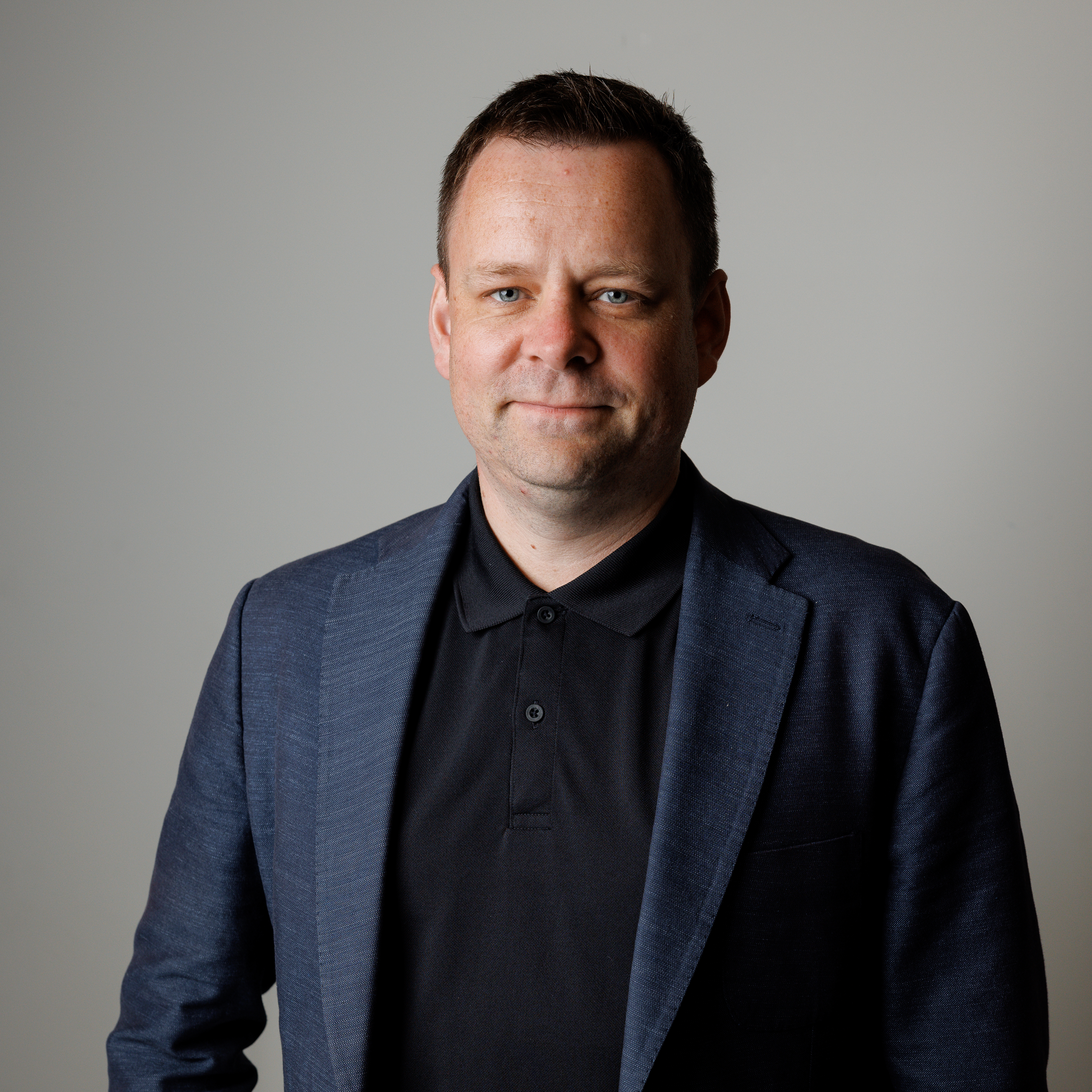 Professor John McGhee3DXLab Director
Professor John McGhee3DXLab Director
Key research interests
Arts-led 3D Visualisation
Immersive Storytelling
Reality Capture
Our expertise
Our research explores the application of media-based creative practice, technical innovation and democratising immersive platforms to new 3D data visualisation challenges. Areas of research include 3D virtual world design, VR education, simulation, training, biomedical communication, visual effects (VFX), 3D computer animation and serious video game design.
We also undertake visualisation research in the fields of art, design, science, medicine and engineering. We use cutting-edge computing and 3D immersive and screen-based technologies to render data visible and enable scientists to simulate complex medical and health problems. This provides both researchers and the public with a powerful way of understanding the experience of others.
Facilities

Immersive cylinder
A system that has a 7-metre diameter, 340-degree panoramic projection, 33 speakers in a surround audio system, and a screen resolution of 120 million pixels in 3D, which is three times higher than its nearest equivalent.
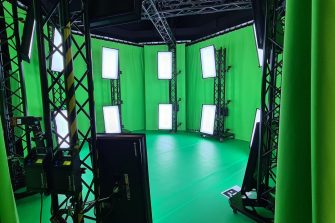
3D Volumetric Capture Arena
Newly established cutting edge research and production space for live performance capture and photogrammetry. Over 20 high resolution, high framerate iO volumetric cameras, capture and reconstruct performers in full animated 3D video for purposes including training and simulation, research, cultural heritage and preservation, and entertaiment.
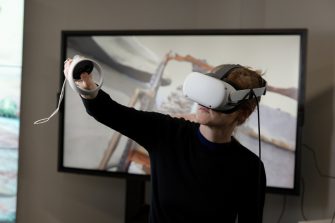
XR Arena
State-of-the-art 3D computer animation and real-time XR digital content creation/evaluation sandpit featuring a collection of the latest consumer and enterprise-level headsets with advanced tracking technology, seamlessly merging the digital and physical worlds.
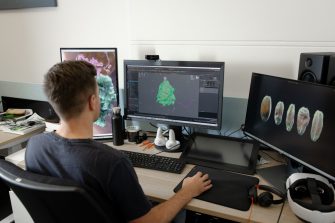
Research Studio
Collaborative studio workspaces for digital content development and testing. Spaces are equipped with high-end workstations and industry-leading software and are designed to foster innovation and communication.
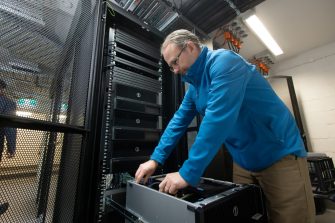
Large scale systems hardware
Our dedicated server room contains high performance computing hardware. These computers are formed into clusters which provide:
- realtime rendering for Immersive Cylinder
- GPU and CPU based VFX rendering
- machine learning and AI capabilites
Latest projects
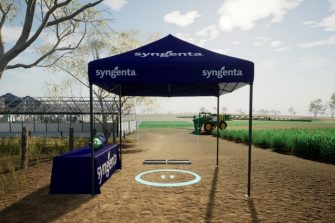
Syngenta 3D World
A collaborative project with an internationally significant commercial partner. This project involved building educational VR environments for agricultural industry training and outreach. Initial pilot projects demonstrated the viability of the collaboration, and the project is now scaling for global impact. Involved designers, artists, engineer’s and agronomists collaborating to build an immersive virtual reality environment that educated stakeholders about the challenges and potential of new agricultural technologies.
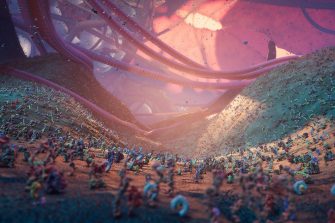
Nanoscape ARC Centre of Excellence
Building VR environments for Science Communication and visualisation research. Working with world-class cross-disciplinary collaborators from across top Australian universities, this project used our team’s visualisation expertise to not only greatly increase the impact of this scientific research but also defined a new microbiological aesthetic and built new pathways for science discovery. The project was both locally and internationally recognised and awarded as an industry-leading project that pioneered approaches to microbiological visualisation.
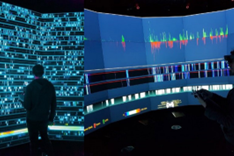
Visual Microscope for Massive Genomics Datasets
The Visual microscope is a fully interactive and ultra-high resolution navigation tool that has been developed to browse and analyse gene expression levels from human cancer cells. The tool uses high-performance visualization and computer graphics technology to enable genome scientists to observe the evolution of regulatory elements across time rather than in static snapshots, this unprecedented dynamic view of datasets enabling new research insights.
Our people
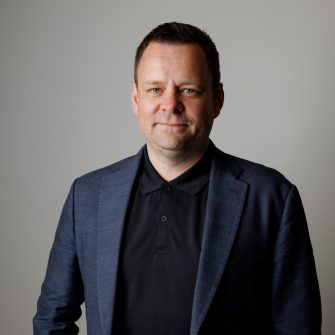
Professor John McGhee
3DXLab Director
John's academic research work explores arts-led and design-led modes of visualising complex scientific and biomedical data. John's research investigates the application of creative practice, technical innovation and immersive platforms to new data visualisation challenges. Areas of research include 3D virtual world design, 3D computer animation, VFX, 3D biomedical visualisation & Animation and reflective practice.
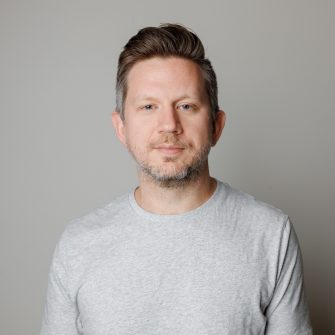
Conan Bourke
Senior Software Engineer
Conan is an ex-game programmer and educator with over 20 years’ experience developing and teaching real-time software engineering for computer graphics, simulation, and interaction, across various hardware platforms and modalities.
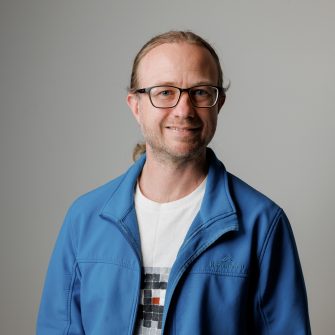
Robert Lawther
Senior Software Engineer
Rob is a computer engineer with extensive experience in immersive display systems, computer graphics and embedded systems. He has designed and created applications for VR, XR and immersive display rooms, as well as installing and maintaining these systems in galleries and museums around the world.
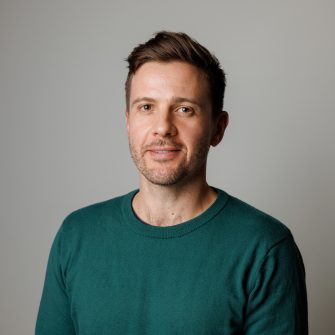
Dr Andrew Lilja
Post-doc Research Fellow
Having an extensive research background in biomedical science at the University of Melbourne and a longstanding interest in the visual arts, Andrew works as a postdoctoral research fellow and lead pre-rendered content developer at 3DXLab. Andrew specialises in developing creative solutions to complex visualisations in addition to carrying out roles in the lab’s interactive VR content development.
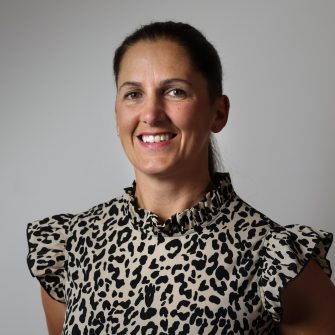
Dr Kate Patterson
Research Officer
Kate uses visual language to transform complex scientific concepts for a general audience. Kate is a trans-disciplinary researcher working at the interface of art and science, using storytelling to bring together the historically segregated fields of technology, art and science.
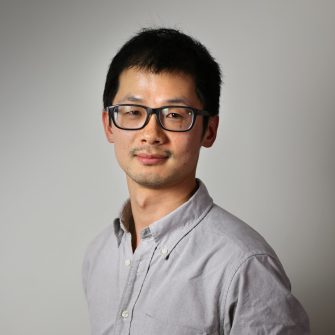
Dr Hao Zhou
Post-doc Researcher - Research Officer
Hao completed his PhD from UNSW Art & Design with his research topic focusing on the use of Virtual Reality technologies in artist's creative practice in making art museum installations. He has a former background in industrial design and interaction design, and, in animal science at bachelor's level.
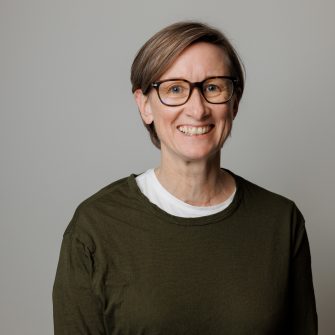
Dr Rebecca Green
Immersive UX Researcher
Dr Rebecca Green is a Visual Communication researcher and an experienced graphic designer, comic artist and illustrator. Her research has demonstrated that different aesthetic styles can dramatically change the way viewers receive visual messages.
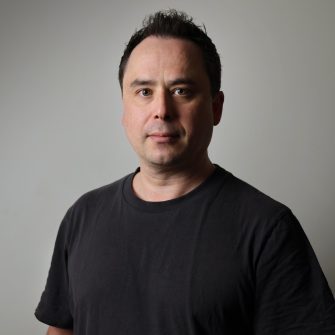
Dr Andrew Yip
Affiliated staff
Andrew is a senior lecturer in immersive design at UNSW. He has a background in art history and museums and his work focuses on applications of real-time immersive and reconstructive technologies to cultural heritage visualisation.
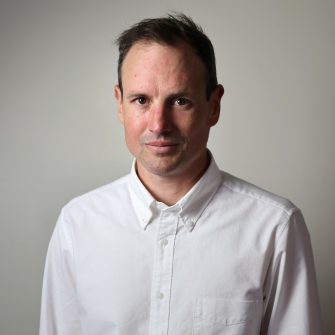
Dr Grant Stevens
Affiliated staff
Grant Stevens, Deputy Head of School (Art) at UNSW Art & Design, is an artist and academic with expertise in contemporary art practice and theory. His teaching, research and practice focus on the relationships between photography, moving image, and digital media.
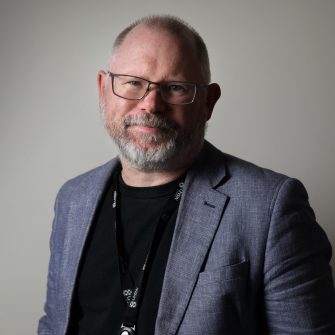
Luc Betbeder-Matibet
Affiliated staff
Luc Betbeder-Matibet is a nationally recognised subject matter expert in eResearch, Research Data Management practice and shared computational infrastructure services for researchers. He has held director-level roles for 15 years in higher-ed ICT and eResearch. Luc is the Director Research Technology Services at UNSW, a shared services function that he established which is responsible for Research Computing and Research Data. He is Vice-President of AeRo(Australia's eResearch Organisation and eResearch Australasian peak Annual Conference), an Adjunct in UNSW Faculty of Medicine Centre for Big Data and has been a Visiting Scientist with the Visual Analytics Team in CSIRO Data61. Recently Luc has been working with colleagues to regularly count how much Research Data there is in Australia.
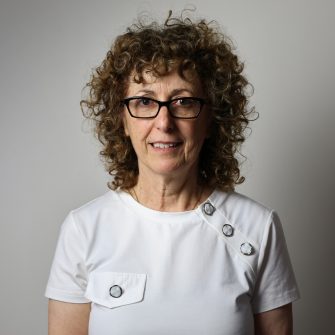
Dr Teresa Crea
Affiliated staff
Teresa’s research focuses on information processing and narrative sensemaking in immersive environments. Her research takes a neuroscientific and phenomenological approach which starts with the user’s perception and sensemaking and leads back into narrative composition and story.
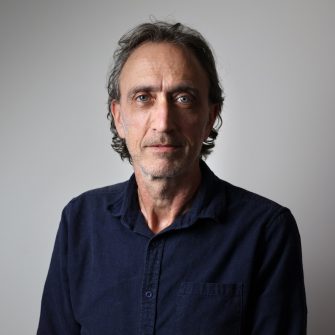
Simon Trevaks
Affiliated staff
Simon is a team leader of multimedia and immersive technologies at UNSW.
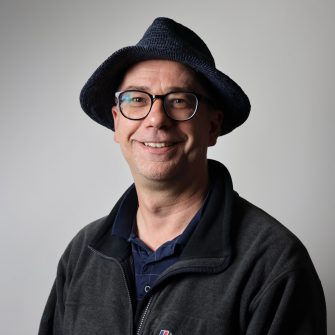
Joe Holloway
Affiliated staff
Joe is a specialist of multimedia and immersive technologies at UNSW.
Postgraduate research students
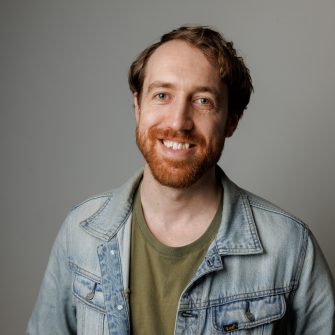
Benjamin Bailey
PhD Candidate
Benjamin’s work examines the tacit ‘know-how’ knowledge of expert Virtual Reality environment designers and builders. He uses close examination of his own practice making VR worlds in conjunction with interviews with other virtual environment experts to reveal insights about the blend of explicit and tacit knowledge that underpins the expertise of VR environment designers.
Thesis title: Ways of making ‘Unreality’: A practice-based exploration of the tacit dimension in building virtual reality environments
Tacit knowledge is a term coined by scientist and philosopher Michael Polanyi to describe the largely inexpressible intrinsic knowledge that professional practitioners bring to a task, often as a result of substantial experience (Polanyi, 1958, 1966). The process of building immersive VR 3D real-time environments is a creative and involved practice that is deeply imbued with a blend of tacit and explicit knowledge. However, even though creative professionals are extensively deployed in the design and construction of such virtual environments and there is a long history of experimental creative arts approaches pushing the boundaries and subverting the conventions of VR, beyond the typical 'how-to' presentations of industry conferences the expertise of these creatives is relatively underexamined. There is currently a gap in the field regarding how the expertise and experience that forms artists and designers’ tacit knowledge contributes to the construction of these virtual places, including how such know-how interplays and connects to their explicit skills and knowledge.
My exploration of the forms of knowledge involved in building VR environments undertakes a systematic examination of VR environment designer processes through personal making, critical reflective practice, and a series of semi-structured interviews with leading makers and subsequent analysis. The primary goal of this research is to investigate the factors through which artists and designers contribute to the creation of VR environments.
The contribution to knowledge of this research is both these first-person accounts of VR environment production, and the derived themes that together offer a mapping of the tacit-knowledge and explicit/technical knowledge that creative practitioners utilise when creating VR environments.
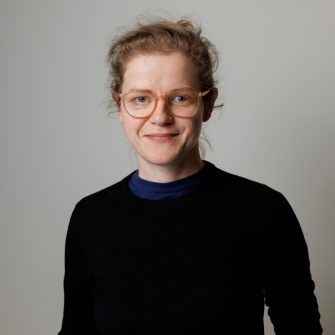
Sarah Eddowes
PhD Candidate
Sarah’s work explores digital tactility and the relationship between physical and digital making processes, exploring how the nature of the medium impacts the forms of the creations. Using techniques such as 3d printing, hand-extruding, digital scanning and immersive VR, her work explores where these processes catch or break down, revealing the underlying structures.
Thesis title: Digital Drip: How a non-linear workflow between digital and physical artmaking can create artwork with a tactile aesthetic
This practice-based PhD research explores how disrupting conventional workflows between digital and physical tools can extend the expression of tactility in contemporary art. Both digital and physical space have different tactile capacities. Physical space offers direct tactile interaction with materials, while digital space offers methods of animation, immersion and manipulation of form. By adopting a non-linear iterative approach, the practice explores visualising these connections and contrasts between the digital and physical spheres.
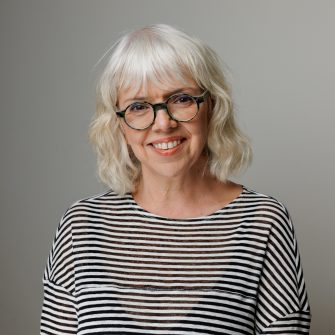
Jane Michaele Cameron
PhD Candidate
Jane previously worked as a graphic designer and illustrator in the publishing industry, specialising in book covers. Her strangest job was designing and producing two 17 metre theatrical backdrops for Dame Edna’s penthouse in her stage production, Back with a Vengeance. She has also taught typography, design history and theory, and data visualisation for a number of years in higher education. Her art practice is multimodal, using a foundation of drawing and sculpture as exploratory tools for gaining insights into the more than human world.
Jane’s practice-based PhD investigates ways of embodying sensory experiences of the more-than-human world through translating analogue drawing and sculpture methods into 3D VR and MR environments. Jane aims to generate new insights around creative approaches to emotionally engage an audience by experiencing this ant’s world. Jane was recently a finalist in the Adelaide Perry Drawing Prize and the Ravenswood Women’s Art Prize. Both works featured insects.
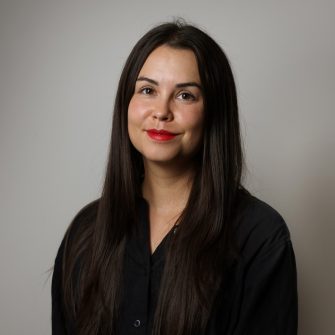
SJ Okemow
PhD Candidate
SJ is a Nehiyaw and Eastern European multidisciplinary artist and Board-certified medical illustrator. Her PhD work looks at implementing generative art techniques in molecular animation while combining Indigenous ways of knowing and western scientific practice.
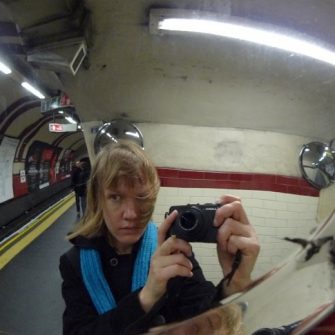
Melody Owen
PhD Candidate
Melody Owen is an ecologically minded conceptual multi-disciplinary artist and writer from Oregon in the Pacific Northwest of the USA. Represented by Elizabeth Leach Gallery in Portland, she holds an MFA in Electronic Integrated Arts, and an MA in Environmental Arts and Humanities. Her practice includes collage, curation, video, installation, and virtual worlds. Her current research is focused on exploring the philosophical field of zoosemiotics through virtual installations of 3D representations of bird song sound waveforms in social, creative, virtual worlds.
She has exhibited at the Portland Art Museum, Nine Gallery, PDX Gallery, the Art Gym, Reed College, and other locations and festivals in Portland, the United States, and internationally. She designed a 30-foot chandelier, modelled after the sound waveforms of endangered birdsong for the Nines Hotel in downtown Portland. She has participated in artist residencies in Paris, Quebec, Iceland, Switzerland, California, and her home state of Oregon.
Contact us
For further information about potential partnerships and new research opportunities, please reach out to us on the email below.
Location & contact
UNSW School of Art & Design
Block C, ground floor
Cnr Oxford St & Greens Rd
Paddington
Acknowledgement of Country
UNSW School of Art & Design stands on an important place of learning and exchange first occupied by the Bidjigal and Gadigal peoples.
We acknowledge the Bidjigal and Gadigal peoples as the Traditional Custodians of the land that our students and staff share, create and operate on. We pay our respects to Elders past and present and extend this respect to all First Nations peoples across Australia. Sovereignty has never been ceded.
UNSW.edu.au
Sydney NSW 2052 Australia
Phone: +61 2 93851000
UNSW CRICOS Provider Code: 00098G
TEQSA Provider ID: PRV12055
ABN: 57 195 873 179
